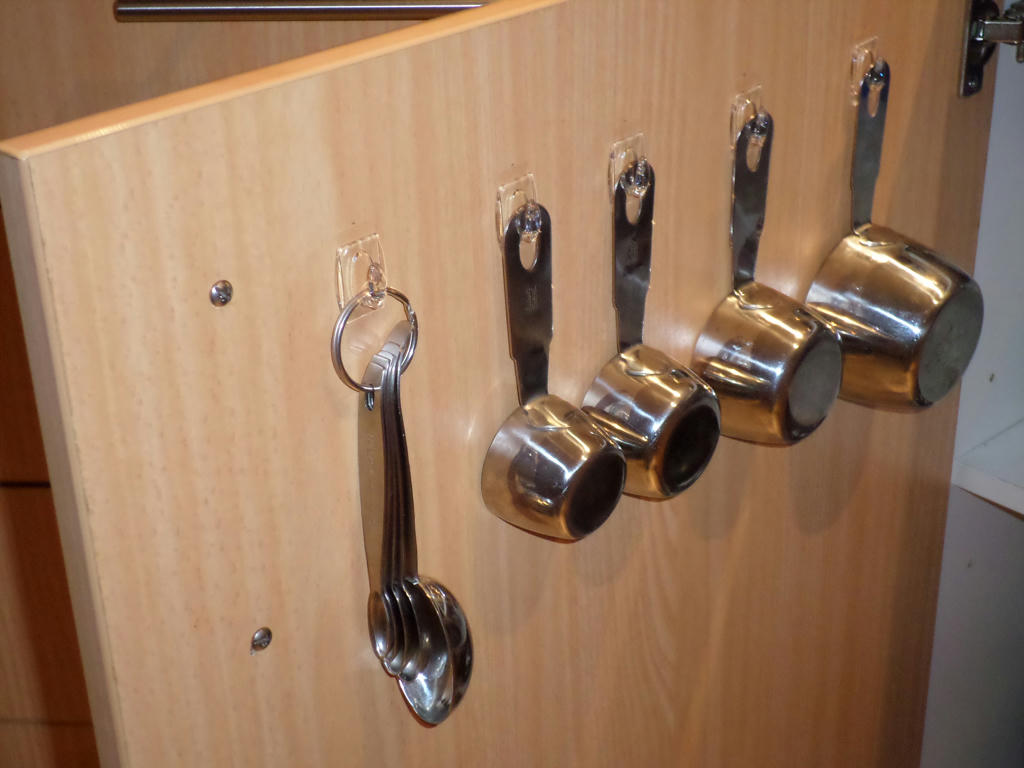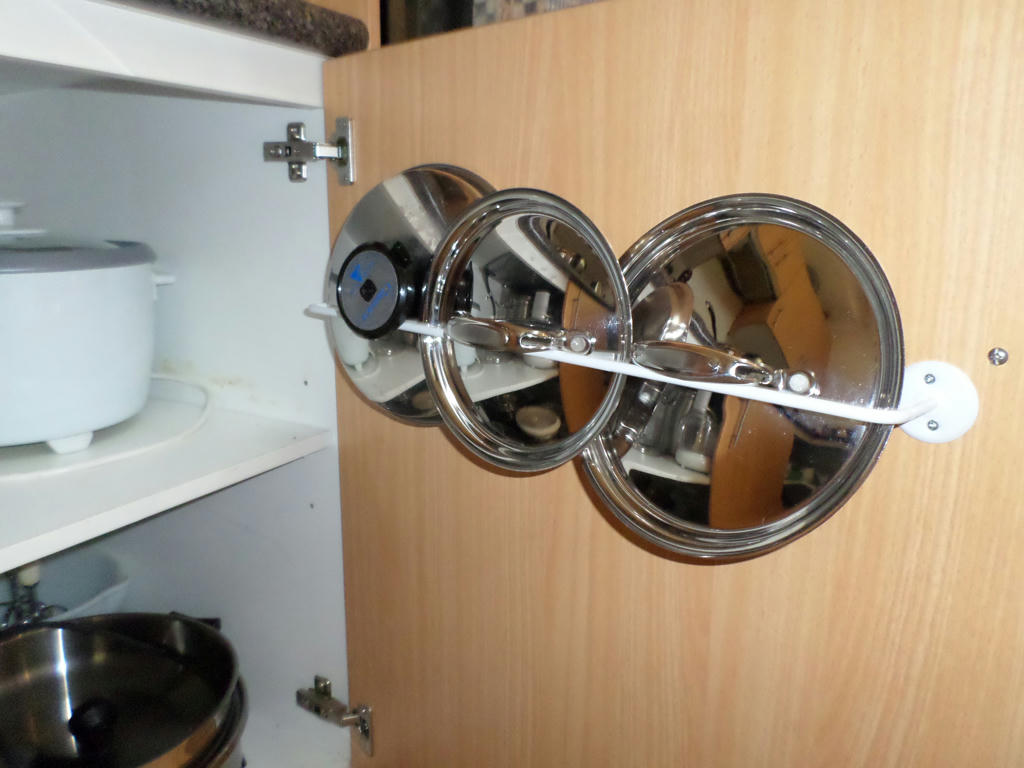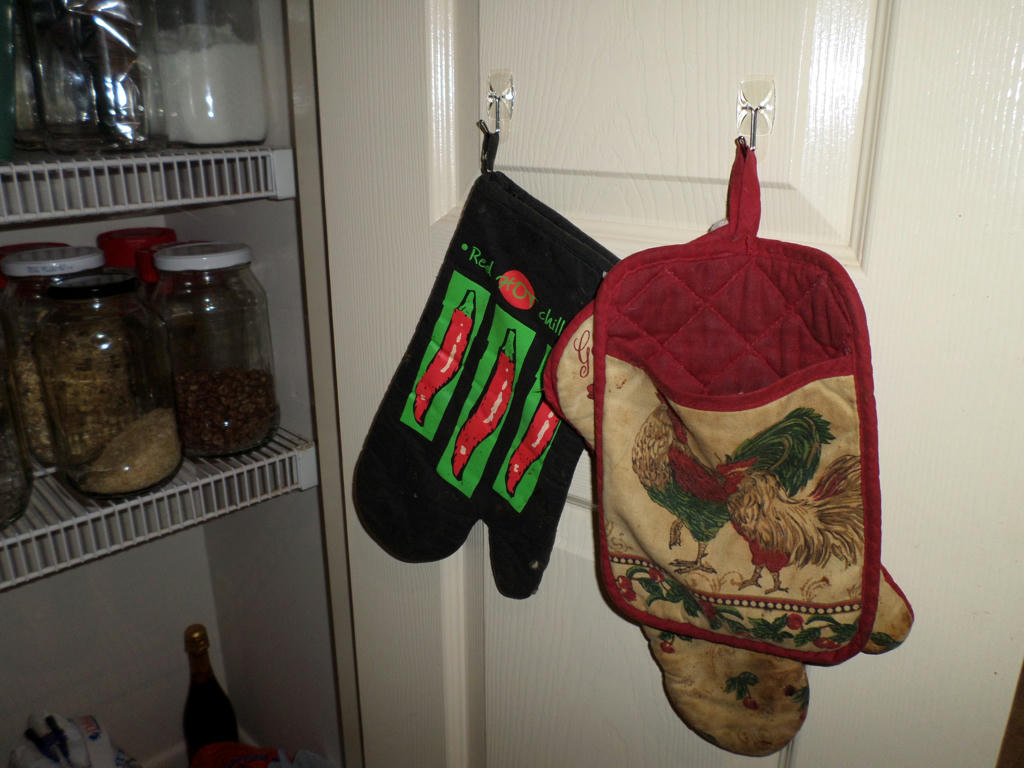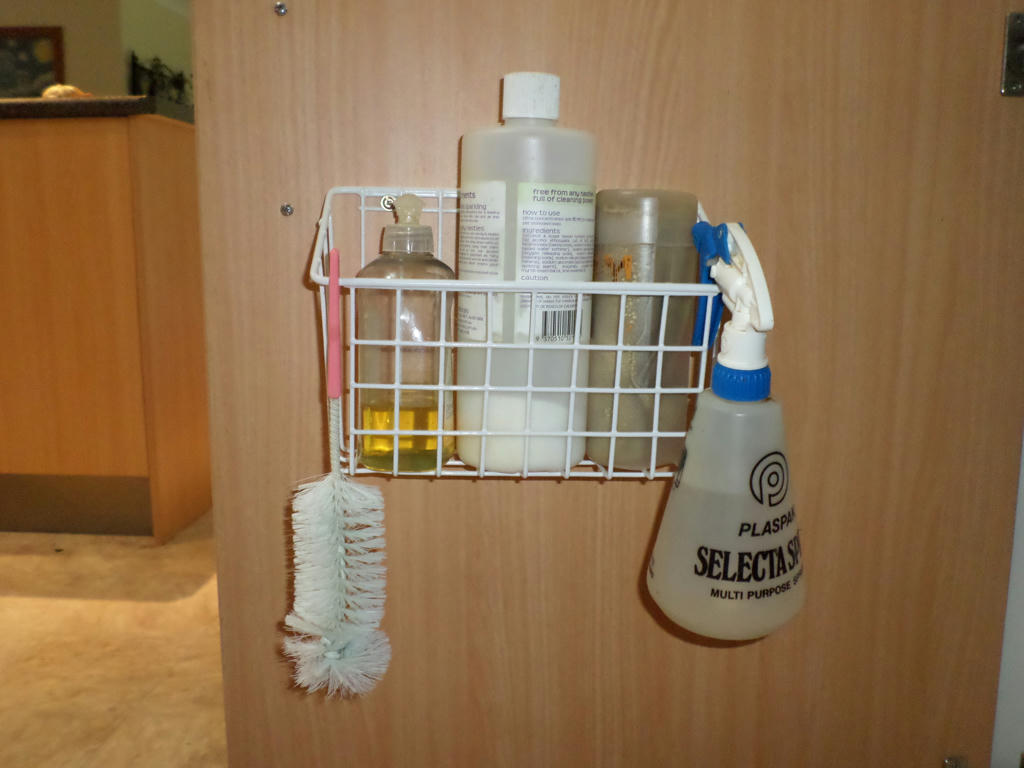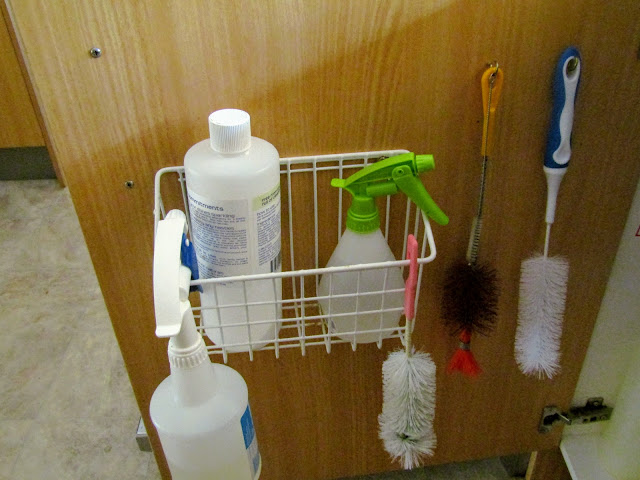To an old-fashioned shack
Along the road to Gundagai –"
Do you recognise this line, from the classic Australian folk song, Along the road to Gundagai? It was made popular during, World War II, when battered Australian soldiers, dreamed of returning home. The lyrics call, to make your way back home again - to family, friends the landscape, and ultimately, the things of your youth.
I guess that's the power of a road, and how to find yourself on one! Which is a rather long introduction, for my first land management post, for 2019. We're making tracks. Literally. Into the bush. For a significant purpose. I will return to that classic Australian folk song, at the end.
One of these paths, is not like the other
Above, is a Roo Track, made by kangaroos. They're forged over the years, by a multitude of hopping marsupials. It's pretty impressive. However, those tracks are generally narrow, and follow a ridge-line. Consequently, they tend to be steep. Which is great, if you're as agile, as a healthy kangaroo!
Looking into the future though, if we want to use small machines to get about on our property (because of age, or we just need to get equipment up there) it makes sense, to develop better tracks. How do we do that? By working with the contour of the land....
Going up slope
The contour, is essentially the shape of the slope. We wanted to cut a road, around the contour of the slope, rather than straight up it, like a ridge. This creates a gentler gradient for people, animals and machinery to traverse.
We started by raking away the mulch (compliments of nature - thank you!) and used a mattock, to cut into the slope. Then the fill from that cut, got dumped further away from the slope - making a wider track. Old logs and branches were placed at the base, to stop the fill, slowly migrating down hill.
Covered with the mulch again, it looks like it's always been there.
Top of the path
We're still working on the top of the slope, as indicated by the dirt. We'll mulch over it, once satisfied, enough fill has leveled the top. We're not going for plumb level, accurate. Slopes are the nature of the terrain, and we'd be working forever, trying to flatten everything. So the goal, is only to flatten the ruts and any dangerous tipping points, up the top.
Nature helps in this regard as well, by providing the trees we cut down, to stop the fill, migrating down hill. This is how we managed to flatten(ish) the top of the slope, a little more. A large tree trunk was used, to raise the level of the footpath. Not much higher, but enough to make a difference.
Fill, butts against the log
As you can see, we're still working around a lot of living trees too. And I mean, A LOT! Which is how we get so much, free mulch and landscaping logs, in the first place. It's nice, that we don't have to hitch-up the trailer and make a trip into town for these things. Nor, hand over our hard-earned money. We just wander into the bush, with some hand tools, and find what we need.
We're enjoying one of the many pay-offs, for not removing the indigenous plants, willy-nilly. Although it IS harder work, when you want to remove them. But it's far better to work from abundance, than scarcity. Especially in a drought.
The drop-off
At the very top of our new path, it merges with another, preexisting, Roo track. It goes down into a steep dip, because it's near the end of one of our gullies. Or a natural path of erosion, where the water runs off, in a storm. That water, continues to cut between two slopes - creating a wider and deeper gully.
We're planning on harnessing those windfalls of water, and stopping the erosion. By improving the old Roo track, in the process. We're going to fill in that dip, with more dirt.
Dam wall, joins with new track
We're getting that dirt, by cutting a new pond, back into the gully - up slope. We create the dam wall, by dumping the dirt, lower down hill. I had some good clay in the beginning, but the further I cut into the gully, the more sandy sediment I'm finding. Which is not suitable, for building dam walls.
However, it's perfect for footpaths where quick drainage, is desired. So we hauled that sandy sediment, to the top of our footpath. Now we've improved the gradient up hill, I can migrate clay to the dam wall, from the front of the property, instead. My barrow will have a much easier time of it.
It's a lot of hard work, but also significant work too. I actually started this project, last year. The heat of summer, mostly put an end to it. However, there were a couple of reminders lately, to get cracking again.
Attempting to cool down
Remember this female Joey, that was enjoying the cool dirt, recently? She actually found that patch of dirt, from the footpath I tinkered with. Her presence reminded me, what we do in the landscape, has an impact.
It was the presence of the Roo tracks, which showed us, where to start improving them in the first place. Not on any part of the slope, but where the kangaroos had specifically chosen. We're essentially, following the tracks the kangaroos have laid out. Then, improving them.
But now for some sad news...
Some don't make it
Fret not. This isn't our female Joey, but a male kangaroo. Only about 3 years old, we estimated. In another year, he would have entered his prime - but unfortunately, we think he had a collision with a car. Somehow, he made his way back home. He would have been raised here, by his mother. Which is why we think he returned.
We first saw his injuries, late January, when he was drinking from the birdbath. He couldn't hop, because of an injury to his heel, but he could walk on one foot, with the help of his tail. I don't know how far he walked, but I know I saw him enter our property, from the back - where there are no roads. So he had a long way to travel.
Several days later, in early February - I found him laid out, in the lowest and widest gully on the property. Which normally floods. But not this year. Not for over a year. So we buried him, right next to where he laid. I couldn't help but wonder, afterwards - why here? Why did you walk all that way, to come home - when you could barely even walk?
Life continues
I guess the answer to that question, starts right here - with the next generation of male Joey. I wrote about this little fellow, suddenly appearing, while Growing at Gully Grove. He's about the same age as that female Joey, above. So he's bigger now. I saw them both in the yard, yesterday afternoon, grazing from the grass, watered by our septic.
These Joey's are brought here, by their mothers, because we landscape with them in mind. We keep the plants, improve the tracks and hold back the water. In the wet. As well as in the dry. Which is precisely why, that injured male came home to rest, I guess.
"Then no more will I roam,
When I’m heading right for home
Along the road to Gundagai."
All tracks, lead home
I know it's a little sad, but just like we followed the kangaroo trails, I couldn't help but thank this male, almost at his prime - for reminding me to continue improving those tracks again. For people and animals to use, who may not be in their prime any more.
There's a rhyme and reason, for everything we do here. Always more connections, than what's on the mere surface. Consider a dirt track. After all, it only comes into being, because everything was laid down before it. The water cuts the gully. The kangaroos, mark the trails. The people (at least these two) attempt to build a track, across it.
Are you planning for your not-so-prime years yet? Any great ideas to share? As you can see by this post, we're planning for better accessibility around the property. For us, and the wildlife, we share our story with.
















